FORT HOOD, Texas- 3rd Brigade Combat Team, 1st Cavalry Division combat medics conducted brigade combat team trauma training at the Elijah military operations on urban terrain (MOUT) site on Fort Hood Dec. 6-17.
The exercise incorporates classroom, skills stations and trauma lanes as the capstone exercise to prepare the Soldiers to deliver medical care at the point of injury focusing on tactical combat casualty care and trauma management.
"This training event makes treating patients, injury and trauma optimally saving lives more real," said Capt. Shannon Norden, the medical operations officer for 3rd BCT.
Students assembled at medical simulations training center (MSTC) for the classroom portion of the training. There, they went over how to apply pressure dressings.
Later, they went to the MOUT site in full battle gear for testing and learned how to deliver medical care under combat conditions. They pulled guard and checked on casualties while taking cover.
"It was good to learn how the movement can be; it helps anticipate what we can do to keep the casualty stable," said Spc. David Mockbee, a Soldier from Headquarters and Headquarters Company, 1st Battalion, 12th Cavalry Regiment.
Medics renew their pre-deployment trauma training every two years. This training provides Soldiers with necessary skill sets they will use when they deploy to Iraq in January.
"This training is geared to save lives on the battle field at the point of injury," said Staff Sgt. Andrew Kaul, a medic with Headquarters and Headquarters Troop.
Training like this is good for the combat medics to have more experience and understanding of what it could be like for deployment.
"When the heart rate increases, fine motor skills go down. This training is to add pressure slowly to the Soldiers so they know automatically what to do and can go in to autopilot," said Kaul.
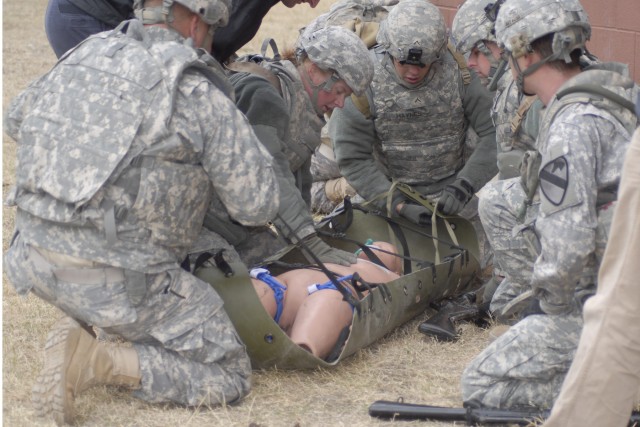
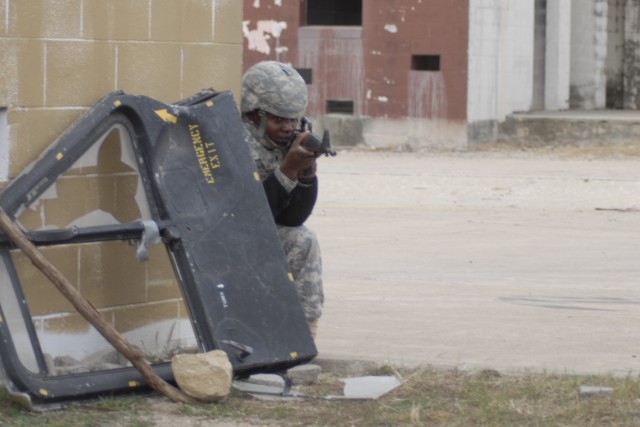

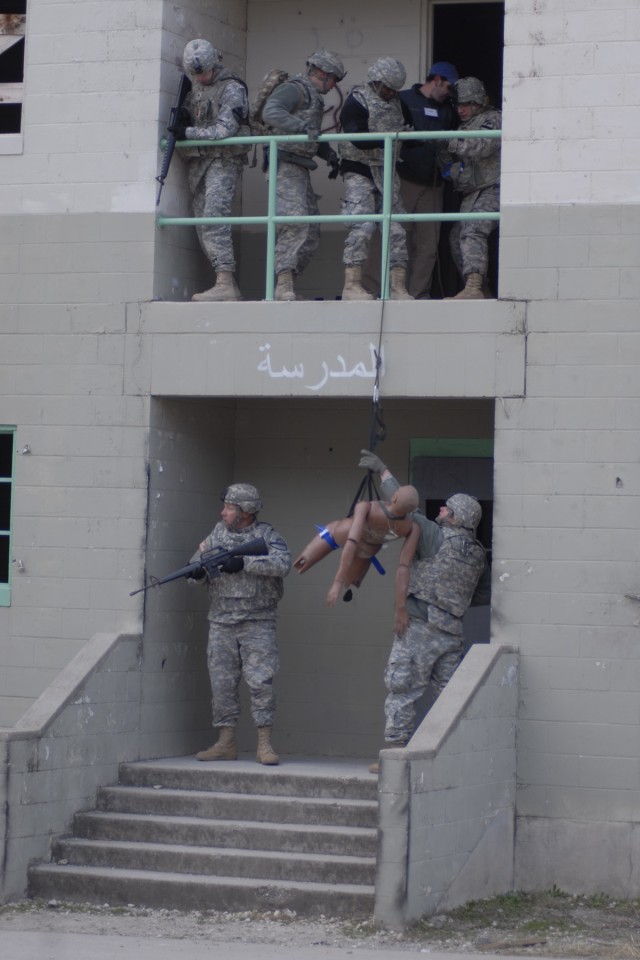

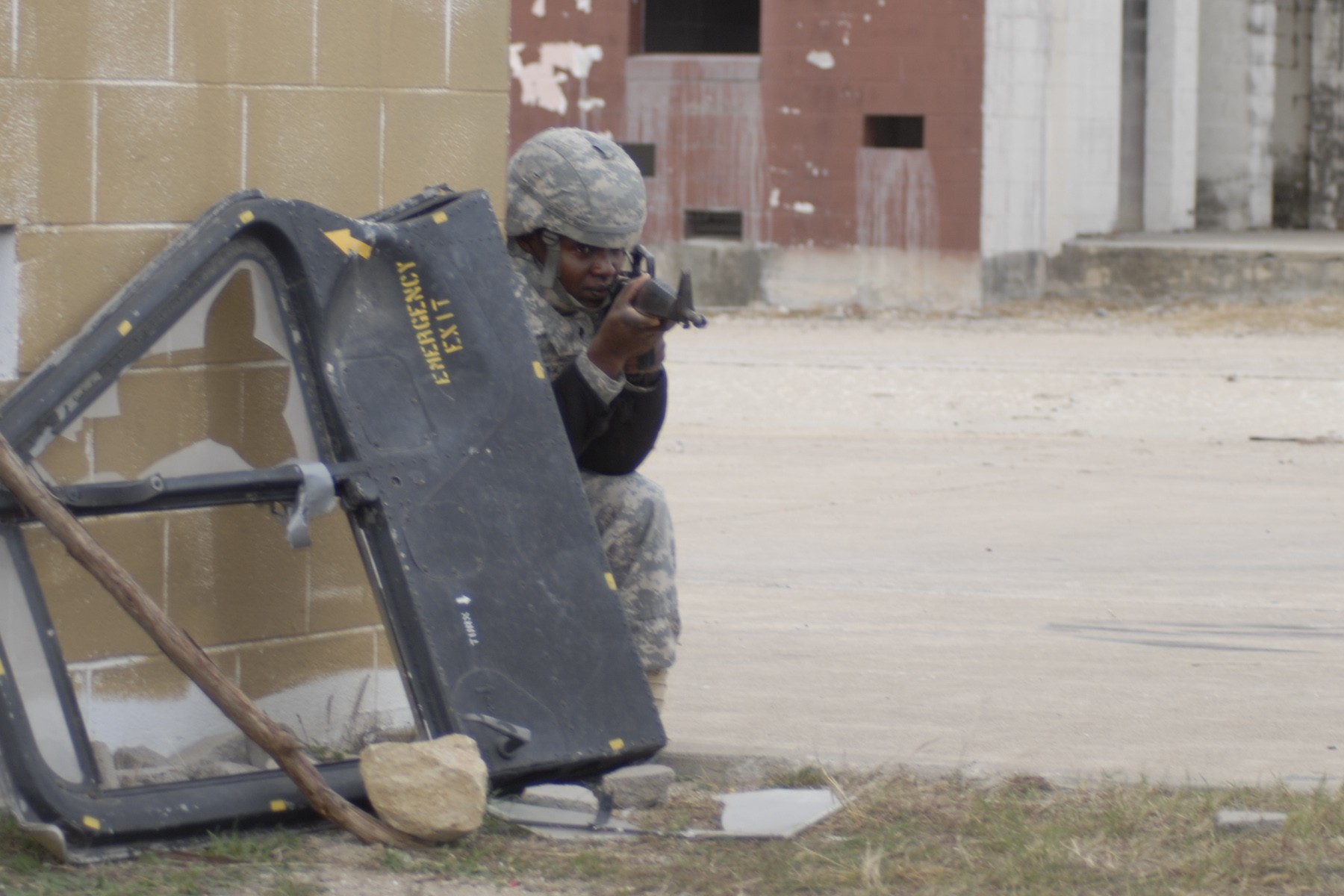
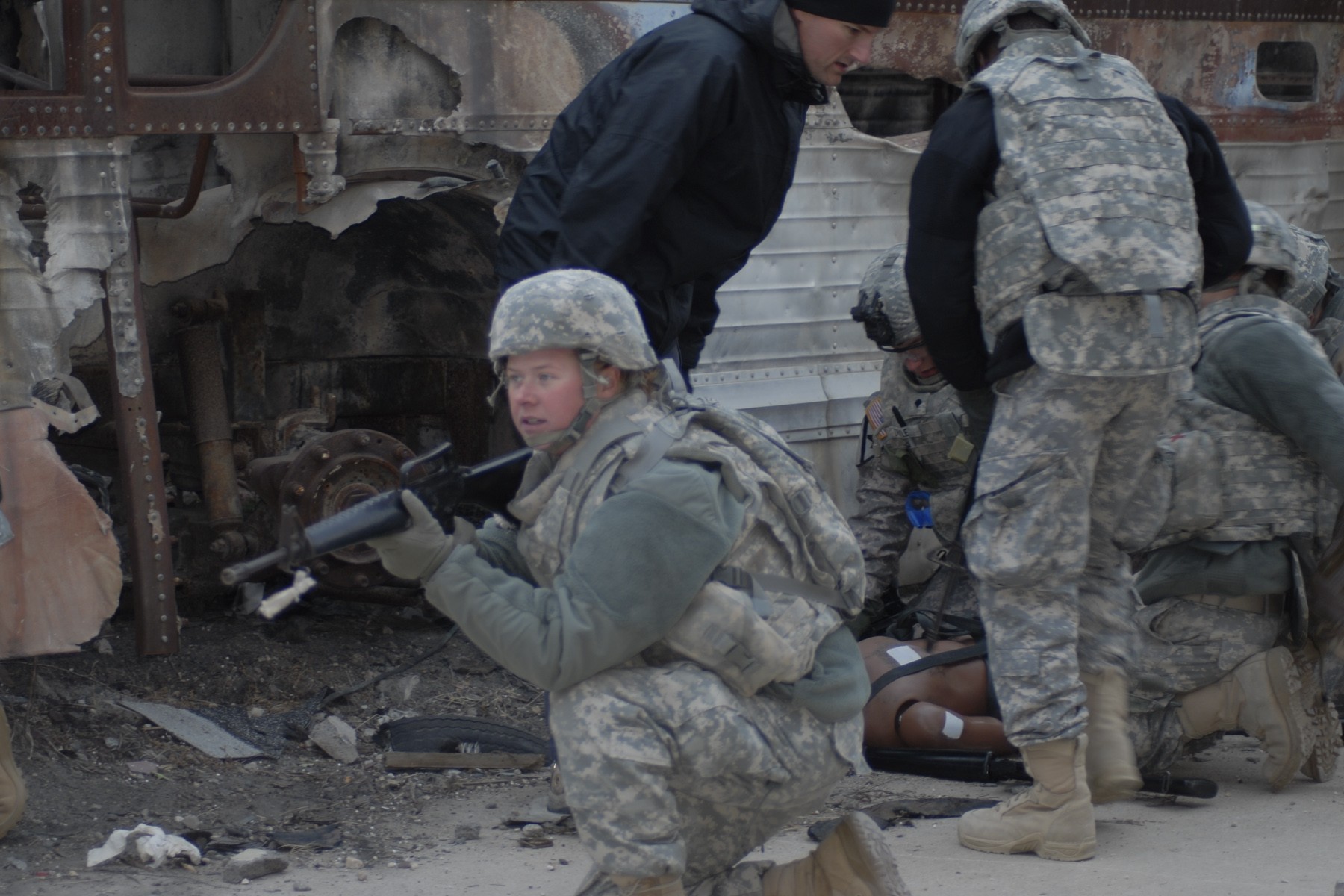
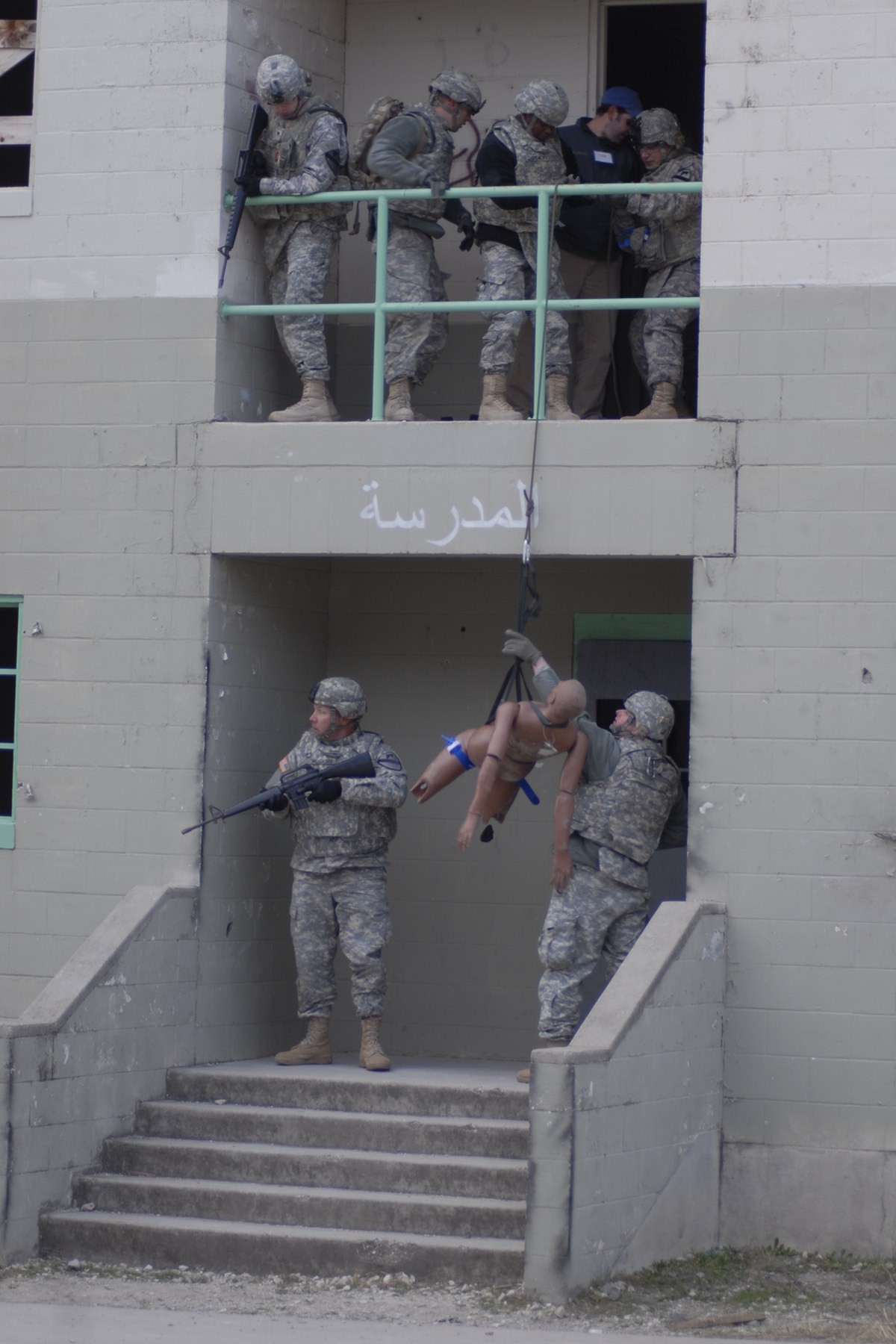
Social Sharing